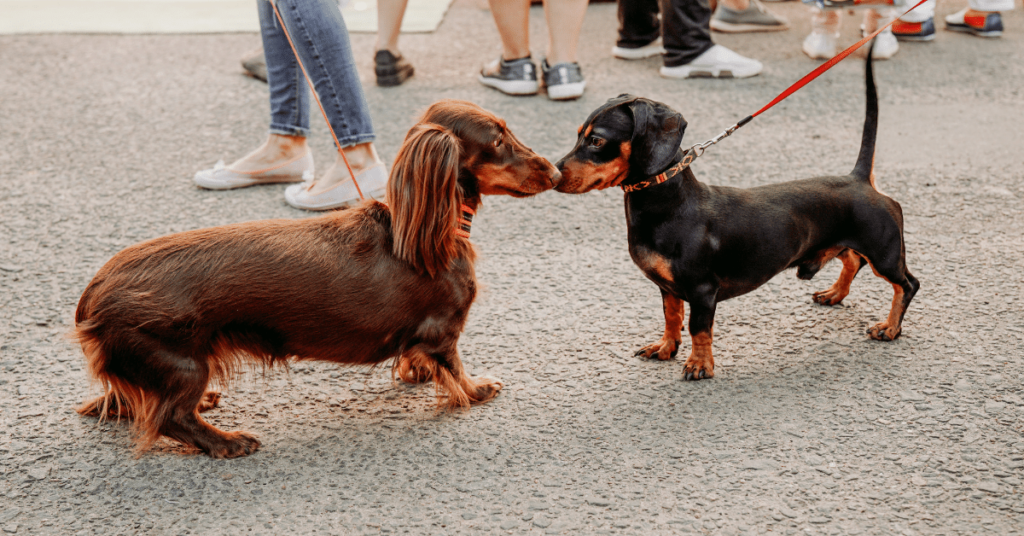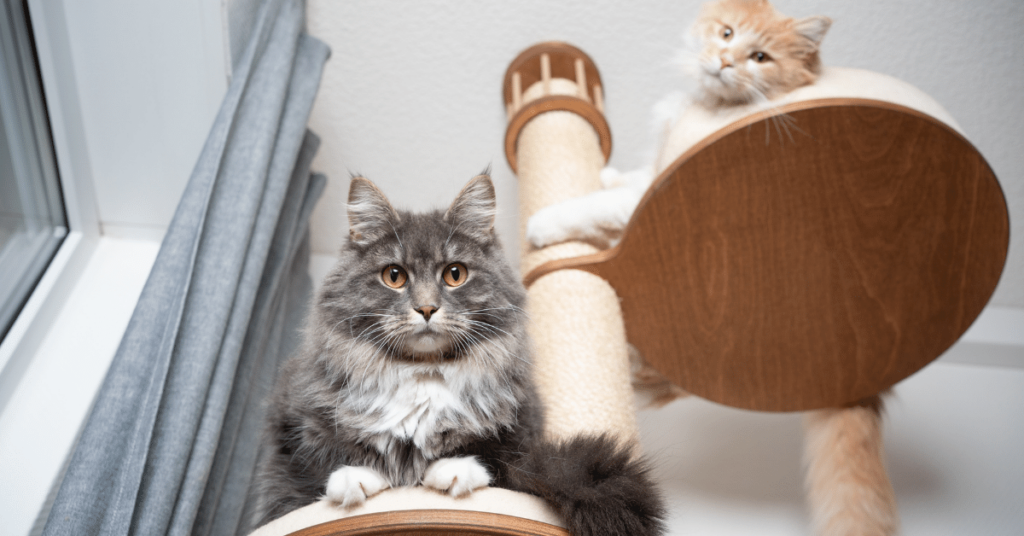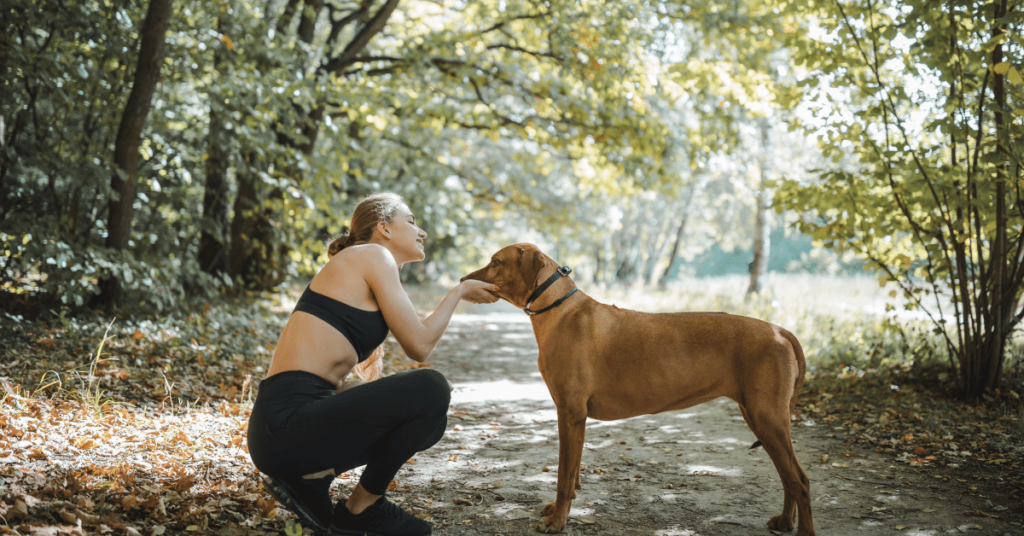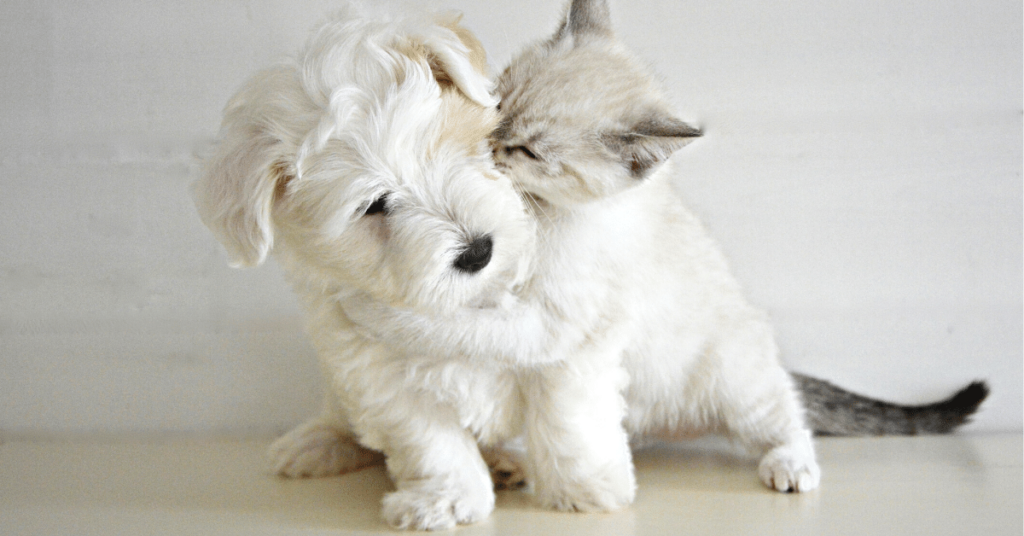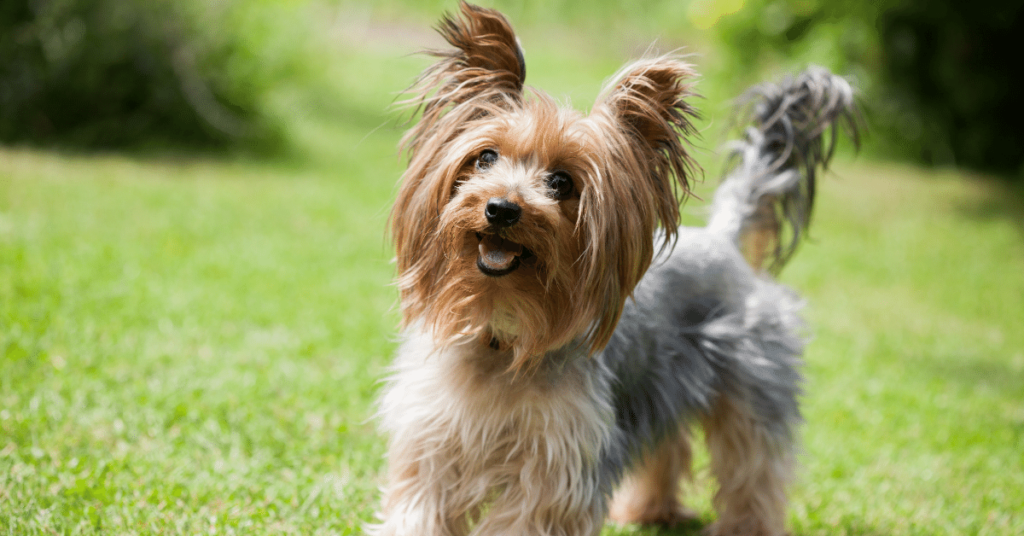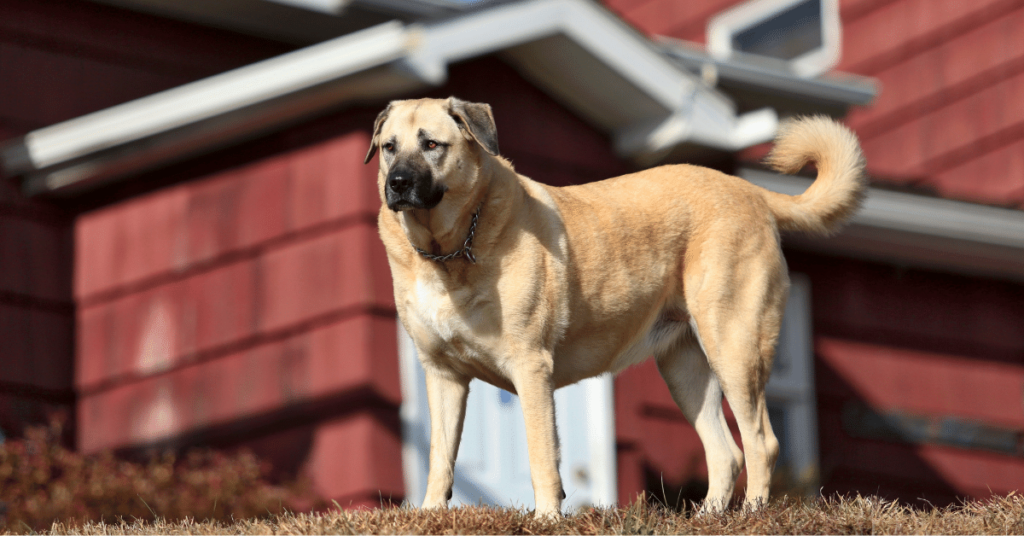Welcoming a new furry friend into your home is an exciting experience, but it can also be a bit challenging, especially if you already have a resident dog. The key to a harmonious household is a successful integration process. In this guide, we’ll explore the proper techniques and strategies to ensure a smooth introduction and peaceful coexistence between your new and resident dogs.
Understanding the Importance of Proper Integration
Introducing a new dog to your resident dog is not something you should rush. Dogs are territorial creatures with unique personalities, and abrupt introductions can lead to stress, anxiety, and even aggression. A well-planned integration process is essential for a harmonious and happy multi-dog household.
Assess Your Resident Dog’s Temperament
Before bringing a new dog home, it’s crucial to consider your resident dog’s temperament. Is your dog generally friendly and sociable with other dogs, or does it tend to be more territorial and possessive? Understanding your dog’s personality will help you tailor the integration process to their specific needs.
Step 1: Choose the Right Match
When adding a new dog to your household, compatibility is key. Look for a dog with a temperament and energy level that aligns with your resident dog’s. If your resident dog is older and prefers a calm environment, a hyperactive puppy may not be the best match. Visit local shelters or rescue organizations to find a dog that complements your existing pet’s disposition.
Step 2: Separate Spaces
Once you’ve selected the new addition to your family, it’s essential to create separate spaces for the dogs initially. This separation allows them to acclimate to their new environment without feeling threatened or overwhelmed by each other’s presence.
- Designate specific areas: Allocate separate rooms or spaces within your home where each dog can eat, sleep, and relax without encountering the other.
- Gradual introductions: While keeping them separated, allow the dogs to get acquainted by scent. Swap bedding or toys between the two dogs so they can become familiar with each other’s scent.
Step 3: Controlled Introduction
When both dogs seem comfortable in their separate spaces and have had a chance to get used to each other’s scent, it’s time for a controlled introduction.
- Leash and neutral territory: Take both dogs for a walk on neutral territory, such as a nearby park. Keep them on a leash and maintain a safe distance. Allow them to observe each other without direct contact, as this reduces tension.
- Positive reinforcement: Reward both dogs with treats and praise for calm behavior during the introduction. This helps create positive associations with each other’s presence.
Step 4: Monitor Behavior
During the initial stages of integration, closely monitor the dogs’ behavior. Be prepared for any signs of aggression, fear, or discomfort. If you notice any of these signs, it’s essential to intervene immediately to prevent any negative interactions.
- Body language: Pay close attention to their body language. Signs of tension may include raised hackles, growling, or excessive barking.
- Separation if needed: If the dogs exhibit signs of aggression or fear, separate them and return to the controlled introduction stage after a while. It may take several attempts for them to become comfortable with each other.
Step 5: Gradual Increase in Interaction
As the dogs become more familiar with each other and their interactions are positive, gradually increase their time together. Here are some tips to help with this transition:
- Supervised playtime: Allow them to interact in a safe, supervised environment. Use toys to keep them engaged and distracted from potential conflicts.
- Positive reinforcement: Continue to reward positive interactions with treats and praise to reinforce their good behavior.
Step 6: Establish a Routine
Consistency is crucial when integrating a new dog into your household. Establish a routine that includes feeding, walking, and playtime for both dogs. This routine helps them understand their place in the household and reduces potential conflicts.
Common Challenges and How to Address Them
Sibling Rivalry
It’s not uncommon for resident dogs to feel jealous or territorial when a new dog arrives. To address this issue:
- Ensure both dogs receive equal attention and affection.
- Separate their belongings, such as toys and food bowls, to avoid competition.
- Gradually increase the time they spend together to build positive associations.
Food Aggression
Food aggression can be a problem when introducing two dogs. To prevent conflicts during mealtime:
- Feed the dogs in separate areas.
- Use a command like “wait” or “leave it” to establish mealtime manners.
- Gradually feed them closer to each other over time.
Resource Guarding
Dogs may become possessive of toys or other possessions. To address resource guarding:
- Avoid leaving valuable items unattended.
- Train both dogs to “drop it” or “leave it” on command.
- Consult a professional dog trainer if resource guarding persists.
Conclusion
Introducing a new dog to your resident dog requires patience, careful planning, and a deep understanding of canine behavior. By following the proper techniques outlined in this guide, you can ensure a successful integration process that leads to a harmonious and happy multi-dog household.
Remember, every dog is unique, and the timeline for integration may vary. Be attentive to your dogs’ cues, and don’t rush the process. With time and effort, your dogs can learn to coexist peacefully, creating a loving and joyful home for all.

